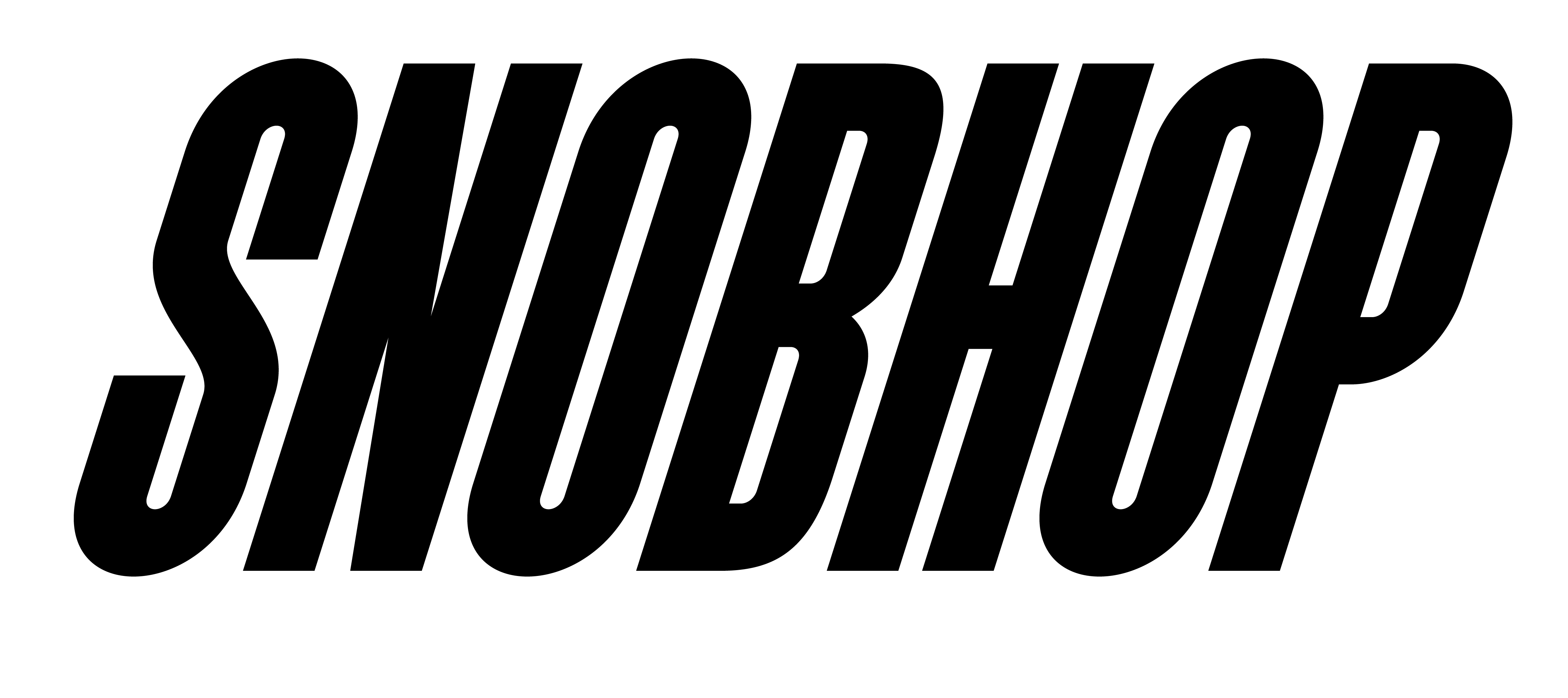Kodakk’s content on Atlanta is breathing life back into a time some have forgotten exists.
- * For readers who may not have read or heard Pt 1 of the series.
Listening to Kodakk 6000 talk about Atlanta’s lost eras reminds you of the conversations you had as a kid speaking with your cooler, big brother. His words invoke images of a time past with an air of nostalgia and fear intertwined. Soon, though, you realize the only thing to fear is allowing these images to fade. Kodak 6000, of the memorable dance crew, Motion Sickness, is out here trying to prevent that thing from happening. Through a mix of video and pictures, he’s allowing his social media account to serve as a virtual canvas, chronicling the rise of the snap era all the way until the 2010s when Atlanta’s rise became unstoppable.
Futuristic Era
The snap era kicked off in Atlanta fresh off the heels of the trap movement in 2005 and began spreading across the nation. In the hoopla and excitement over it, however, many people failed to notice how the era morphed yet again, growing from a more simplistic and inclusive sound to one that was more melodic and hook-driven. Groups like the Rich Kids and Travis Porter and artists like J. Futuristic (formerly known as J Money) and Yung LA created the “futuristic swag” movement, emphasizing vocal inflections and ad-lib hooks on their songs while dressing heavily in Ralph Lauren clothing.
Mr Futuristic, released in 2009, served as the blueprint for the sound. Sitting atop a Delorean, J Money brought the city into another time, popularizing terms like “sauce” “cap,” and “swaver”, while encouraging the city to rock Polo clothing. Kodakk explained the movement, saying,
“When the futuristic movement started, it was very melodic but high pitched. Everybody in the city was in Polo clothing, looking like we were football coaches. Then Future came in.”
Future’s 2011 mixtape, Dirty Sprite, introduced him to the game on a bigger level, including his verse on YC’s monster song, “Racks”. Almost overnight, Future’s style and sound became the template for artists coming into the rap game. Everything from his dress and accessories to his voice represented the changing dynamics of the city.
“People were familiar with him because of No Mercy and 1000. But Dirty Sprite is the only mixatpe in Atlanta history you can play all the way through. He set the bar so high.”
From 2009 until around 2013, Atlanta’s sound laid the work for the club movement that’s come to dominate rap now. Few people realize just how influential the trends that arose in that era were. Kodakk focuses heavily on ensuring that these eras are not only acknowledged but celebrated.


